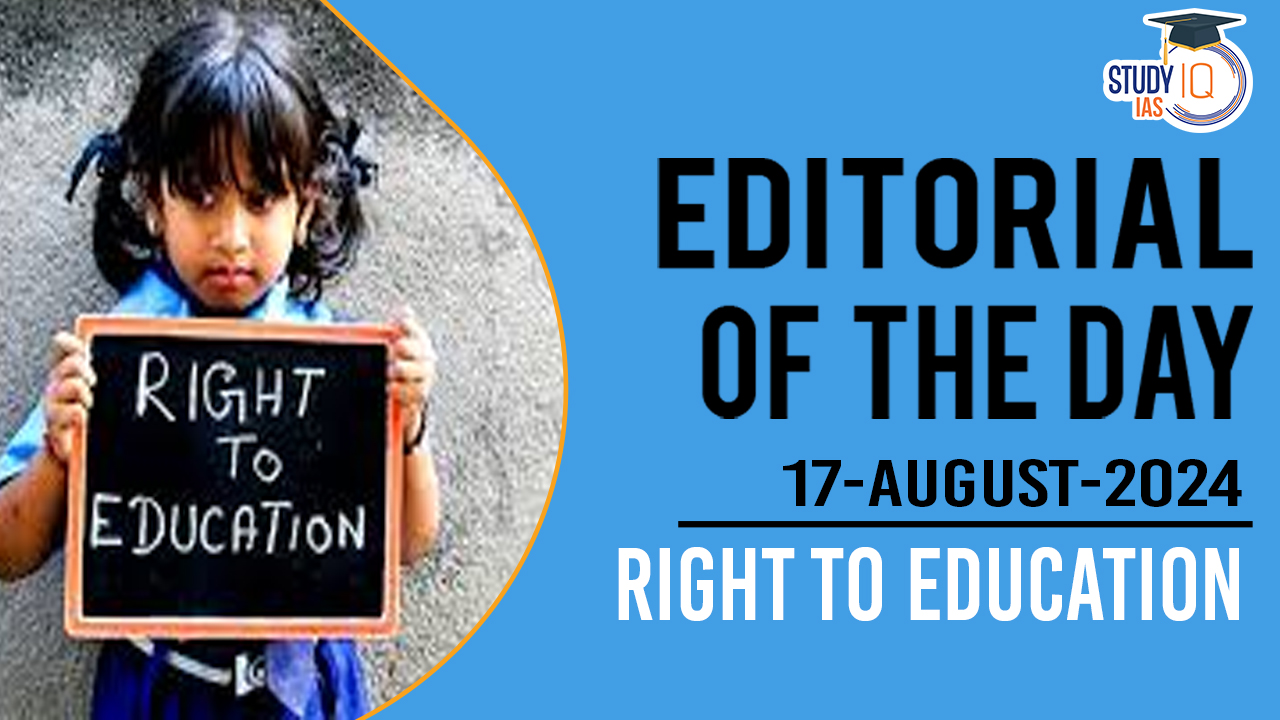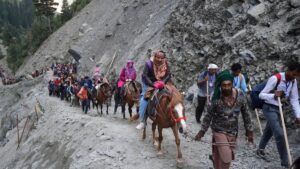Table of Contents
Context
The Right to Education (RTE) Act full implementation has faced considerable resistance and challenges across different states.
Key Provisions and Judicial Intervention
- RTE Provision: The Right to Education (RTE) Act, enacted in 2010, marked a significant milestone in India’s educational and social history.
- It aimed to make schooling available to every child and mandated private unaided schools to reserve 25% of their seats for children from economically weaker sections (EWS).
- Bombay High Court Verdict: Recently, the court overturned a Maharashtra government order that exempted private schools from this provision if a government school was located within a one-kilometre radius.
- The court’s decision emphasised the sanctity of the RTE, reinforcing the obligation to provide equal educational opportunities irrespective of economic status.
State-Level Challenges and Responses
- Maharashtra Government’s Argument: The state argued that requiring private schools to reserve seats for poor children was unnecessary if government schools were nearby, citing a desire to avoid duplicative expenditures.
- This stance reflects a broader trend where state governments view the RTE’s mandates as negotiable or secondary to other logistical considerations.
- Other States: Similar exemptions and challenges have been noted in other states, like Karnataka and Punjab, where the enforcement of the EWS reservation depends on the proximity to government schools, complicating the RTE’s intended universal applicability.
Pedagogical Intent and Societal Impact
- Pedagogic Vision: The RTE Act was designed not only to provide access to education but also to integrate children from diverse socio-economic backgrounds, thereby enriching the learning environment and breaking down social barriers.
- Resistance from Private Schools: Many private institutions have resisted this integration, citing potential adjustment issues for EWS children, and have attempted to bypass these requirements through legal and political avenues.
Implementation Issues
- Teacher Training: The effectiveness of RTE has been hampered by inadequate teacher training programs, despite clear guidelines from the J S Verma Commission appointed by the Supreme Court about 15 years ago.
- This gap in training quality remains one of the weakest links in the education system’s chain.
- Systemic Waning Interest: Over time, interest in maintaining the momentum and integrity of RTE implementation has diminished, leading to amendments that have weakened its original progressive pedagogical mandates.
Conclusion
The RTE Act’s journey reflects a broader struggle between its transformative educational objectives and the prevailing socio-political challenges that hinder its full realisation. The Bombay High Court’s recent ruling represents a critical affirmation of the RTE’s principles, but it also highlights the ongoing need for vigilance and advocacy to ensure that the act’s goals are not diluted or sidelined by state-level policies or private interests.


 Operation Shiva 2025: Indian Army’s Ma...
Operation Shiva 2025: Indian Army’s Ma...
 World Youth Skills Day 2025, Theme, Hist...
World Youth Skills Day 2025, Theme, Hist...
 President Murmu Nominates Four Members t...
President Murmu Nominates Four Members t...





















